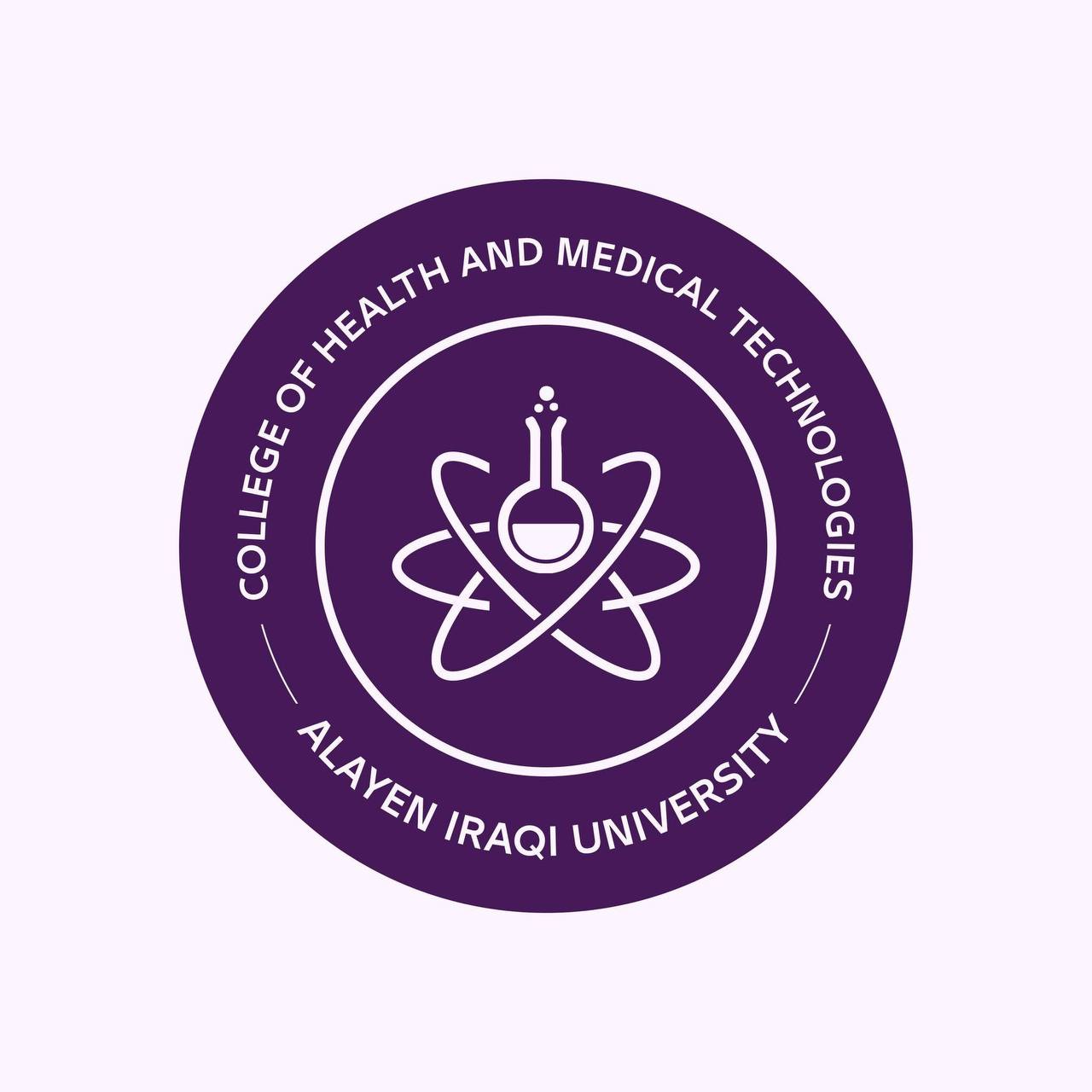
Speech of the Department Director
Dr. Haidar Suhail
In the Name God Most Gracious Most Merciful
" When they ask you about the spirit. Say, The spirit is by the command of my Lord, and you have not been given but a little of knowledge.”
About the Department of Radiology and Ultrasound
The Department of Radiology and Ultrasound Technologies has begun receiving its students in the year 2020-2021, as the graduate’s study period from the department will be four years, during which they study basic theoretical and practical subjects in the field of radiology and sonar and their relationship to medicine, in order to gain the required experience in the field of radiology and sonar. The graduate of this department obtains a bachelor’s degree in medical technology with the title (Medical Radiology and Ultrasound Technician) as a job description. After obtaining a master’s degree, they will be granted the title of Radiology and Ultrasound Technician.
The Department of Radiology Technology in the college is one of the important supporting departments that helps in diagnosing all diseases and benign and malignant cancerous tumors using the latest diagnostic medical imaging techniques, including: diagnostic Ultrasound, mammography, nuclear medicine (gamma camera), and bit-scan
Department's Vision
The department's vision aims to be world-class in excellence in education, research, and innovation, which requires a high commitment to advancing the field of radiology through cutting-edge research, innovative teaching methods, and collaboration with other health care providers and academic institutions. The department also seeks to pioneer the development and dissemination of new imaging techniques and provide distinguished educational opportunities for students, trainees, and practicing radiologists by offering modern training programs, continuing education courses, research opportunities, and academic activities. In addition to graduating a pioneering generation in the field of radiology and advancing it through research and education.
Its outputs should be distinguished theoretically and practically by presenting the best cognitive programs in the field of radiology
Focus on the applied aspect of education so that its outcomes lead to leaders in the field of anesthesia
Adopting creative and innovative ideas, projects, and plans to improve the education of radiology techniques
The department aspires to deepen professional and union affiliation in its outputs
Department Message:
Developing the spirit of honorable competition among students for scientific, professional, and innovative excellence
Upgrading the level of radiology and sonar techniques teaching quality to develop students’ skills and ensure access to knowledge by following and innovating the best methods and programs of study and teaching.
Utilizing the latest technology in training and practical application.
Encouraging fourth-year students to advance their graduation research and work on making it applied and of service benefit to society.
Department objectives:
The objectives of the department include the following:
The department seeks to develop curricula in consistency with scientific development and their conformity with local and international accreditation standards.
Providing the latest textbooks in the department library and the college library, in addition to using modern means in the education process, including the use of the Internet, blended learning, and various e-learning platforms.
Comprehending the principles and concepts of various radiology imaging modalities such as X-ray, CT, MRI, ultrasound, and nuclear medicine.
Gain knowledge about anatomy and physiology of the human body to accurately interpret radiography and identify abnormalities or diseases.
Develop proficiency in operating and maintaining imaging equipment, ensuring proper patient positioning, and using appropriate radiation safety measures.
Gain practical skills in image acquisition, processing, and post-processing techniques to improve image quality and aid in accurate diagnosis.
Learn to collaborate effectively with healthcare professionals, including radiologists, physicians, and technologists, to obtain and interpret imaging results for patient care.
Understand the ethical and legal aspects of radiography, including patient confidentiality, informed consent, and compliance with relevant regulations and guidelines.
Keeping pace with emerging developments and technologies in radiology imaging, such as artificial intelligence applications, to enhance diagnostic accuracy and improve patient outcomes.
Develop effective communication skills to communicate imaging results clearly and professionally to colleagues, patients, and their families.
Emphasize the importance of continuing professional development, involvement in research, and keeping pace with current developments and evidence-based practices in radiography.
Contact information
Email: Radiology@ alayen.edu.iq






